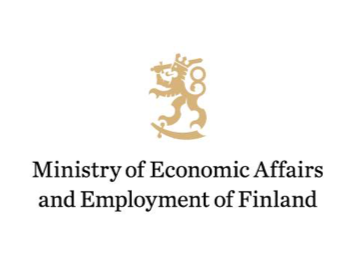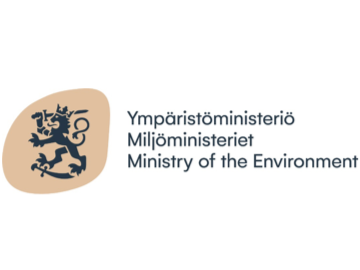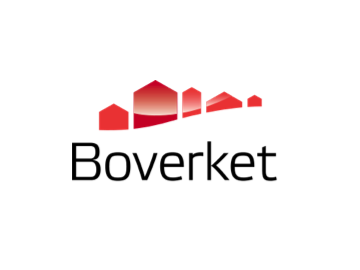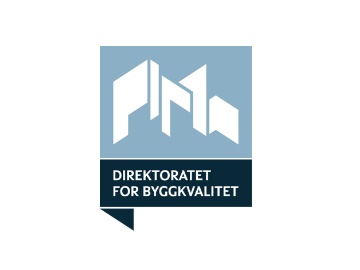Why focus on circularity?
“We need tools to build better futures – and circular construction is one tool”. That is the way one partner crystallized the idea of the Nordic Networks for Circular Construction consortium. Circular construction doesn’t solve everything, but it holds a strong promise to mitigate environmental crises, to support health and to save the cultural heritage of the built environment
In this consortium we understand the circular economy as an economic model based inter alia on sharing, leasing, reuse, repair, refurbishment and recycling, in an (almost) closed loop, which aims to retain the highest utility and value of products, components and materials at all times. That is an EU (2016) definition for the circular economy which in the construction and real estate industry means maintaining and increasing the value in the built environment. There are various means to do that: New business models, enhanced productions, digital tools and people’s lifestyle actions. All of these are needed to create a systemic shift.
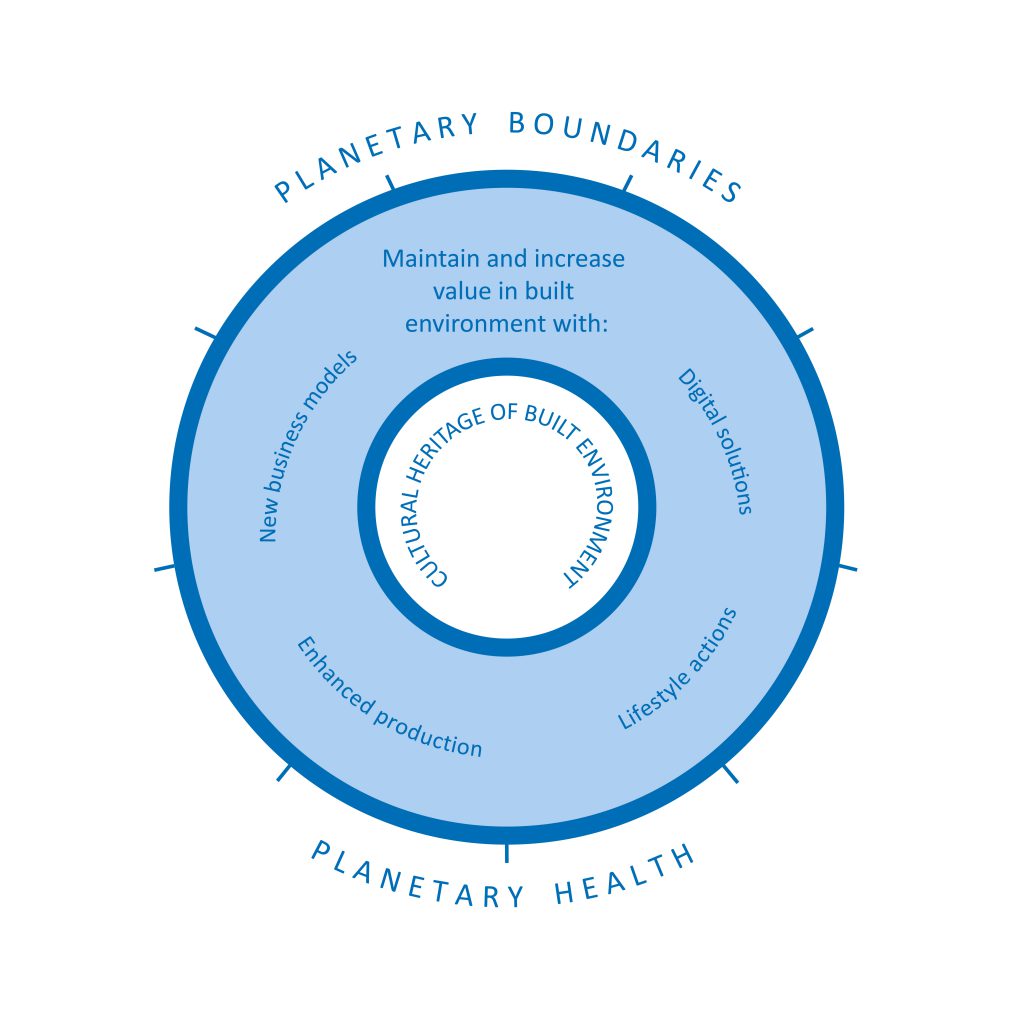
Circularity requires a systemic and cultural shift
The ability to transform the linear model into a circular one in the built environment arises from systemic thinking. This transformation requires re-thinking of the whole building chain: from planning and construction to maintenance and use of buildings. If spaces are at the core of the systemic view, construction and real estate businesses are not separate, but work together to provide space, either new or already existing. This requires a cultural shift. The built environment has to be considered as a whole. There is a concept that describes this approach — baukultur.
Often circularity in the built environment is considered from the perspective of materials. How to reuse building materials? How to construct new buildings from recycled materials? Which parts are easy to repair and recycle? However, even more important is to think how existing buildings could be better utilized or retrofitted to serve new purposes. Existing buildings also have a significant value as cultural heritage. That perspective is often neglected when the built environment is considered from the perspective of efficiency. In this consortium, we want to emphasize the role of cultural heritage and think of it as a key concept in circular construction.
Well-being for people and the planet
Circular economy offers a promise to increase the well-being of the planet and people while staying within the physical limits and planetary boundaries. Circular construction is, therefore, one available engine for community and social well-being, as well as for planetary well-being. Baukultur also promotes and enhances well-being. Since the built environment has direct impacts on people’s well-being, it is important to take the environmental qualities and means of new construction into account. Construction should not only act as a driver of economic growth, but it should also increase well-being. And it can.
The Nordic Network for Circular Construction consortium aims at accelerating the implementation of the best practices of circular economy in the Nordic construction sector.

